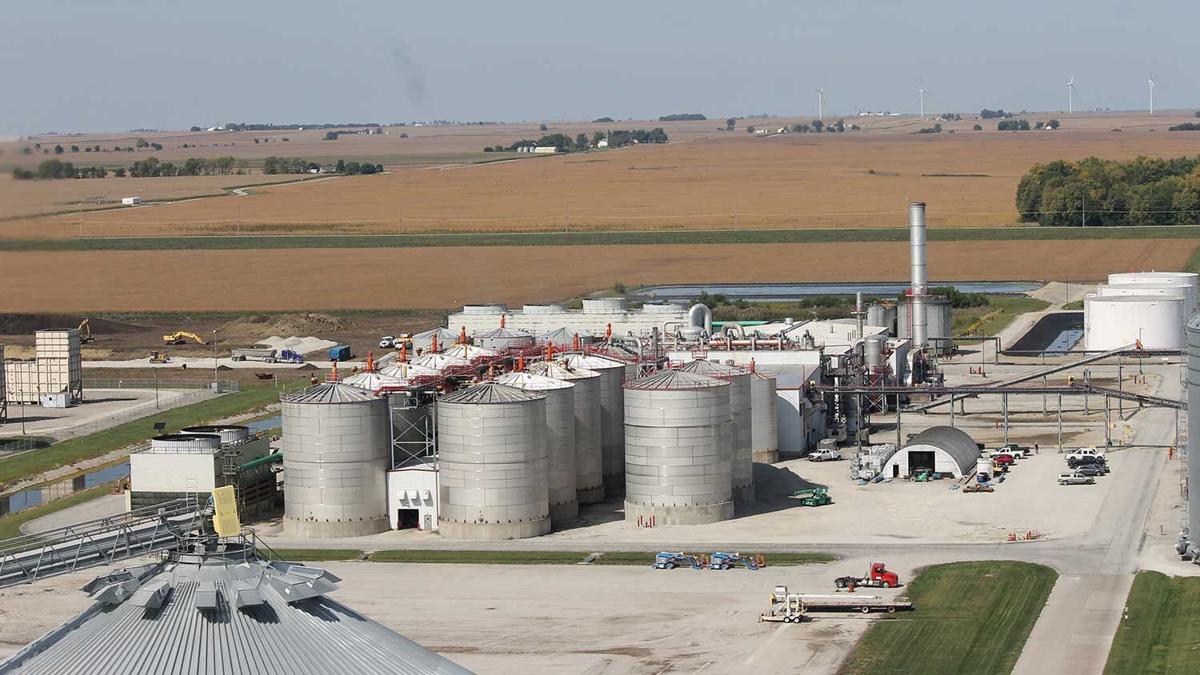White House Press Secretary Jen Psaki recently said the administration continues to look for ways...
EPA Keeps Ethanol Industry ‘Stuck in Neutral’

E15 has been a tent pole for many legislators around the Midwest, but with delays in year-round approval from the Environmental Protection Agency (EPA), the impact still feels hypothetical to some in the industry.
“We are stuck in neutral,” said Monte Shaw, Executive Director of the Iowa Renewable Fuels Association. “That doesn’t mean there hasn’t been progress, so don’t get that wrong. Where E15 has been available, it is selling very well, but it is in a minority of fuel stations.”
Shaw said the biggest challenge facing E15 while awaiting the EPA decision is gas stations not wanting to invest in a product that might only be available 8 months out of the year.
In terms of the economic impact E15 is having on the market compared to other blends, University of Illinois agricultural economist Scott Irwin said it is tough to quantify specifics, but data is implied based on average blending rates and sales of ethanol compared to total gasoline.
“Ethanol usage by blend level is hard to come by,” Irwin said. “We know total ethanol usage domestically and we know total gasoline disappearance. You can divide one by the other and if it’s above 10% that shows a growth in higher blends which we can safely attribute the vast majority of those to be E15 and not E85.”
According to Irwin’s data, the average ethanol blend in the U.S. was 10.4%, showing a slight usage of E15 or higher blends. With many unknowns still surrounding how or when E15 can be sold, it has been tough to see it adopted in many places.
“What is the benchmark for success? If the benchmark is having nationwide E15 penetration, we haven’t made much progress,” he said.
Irwin said there was “no doubt” an increase in E15 availability and other higher blends would be a boost to corn demand and likely translate to higher corn prices.
Adding to the demand for different forms of gasoline are states such as California, Washington and Oregon passing low-carbon fuel standards. The goal of those standards is to promote cleaner burning fuel in an effort to limit the effects of climate change. These have helped boost the use of ethanol, which has a lower carbon intensity score, and Shaw said he expects that to be a trend in many states moving forward. “I do think you are going to see a lot more states do that, but I don’t think you are going to see something come out of the federal government with a nationwide carbon law,” he said. “There’s talk in many states about this, so there could be more programs like that.”
According to Irwin, plants in Iowa are trying to switch to making low-carbon ethanol, which has led to projects such as carbon sequestration pipelines that would help companies make fuel that fits those standards.
Despite the uncertainties, Irwin said the ethanol industry is still a far cry from the struggles felt by many plants in the late 2010s.
“The ethanol industry is doing very well at the present,” he said. “As long as gasoline and oil prices are elevated, ethanol will be a competitive blend stock for gasoline blends.”
EDITOR’S TAKE:
So, what is the problem? EPA has the data. And, they have the authority. However, people do want E15 year-round. Plus, with all the geopolitical uncertainty right now, using more domestic product would be in our strategic best interest. Waiting for decisions from bureaucracies unwilling or unable to move forward is frustrating for all parties. Corn growers would also benefit from the market expansion. Let’s hope that EPA can find a way to put E15 in place permanently across the U.S. and bring the uncertainty to an end. When that happens, corn growers will likely demand even more trucks!







